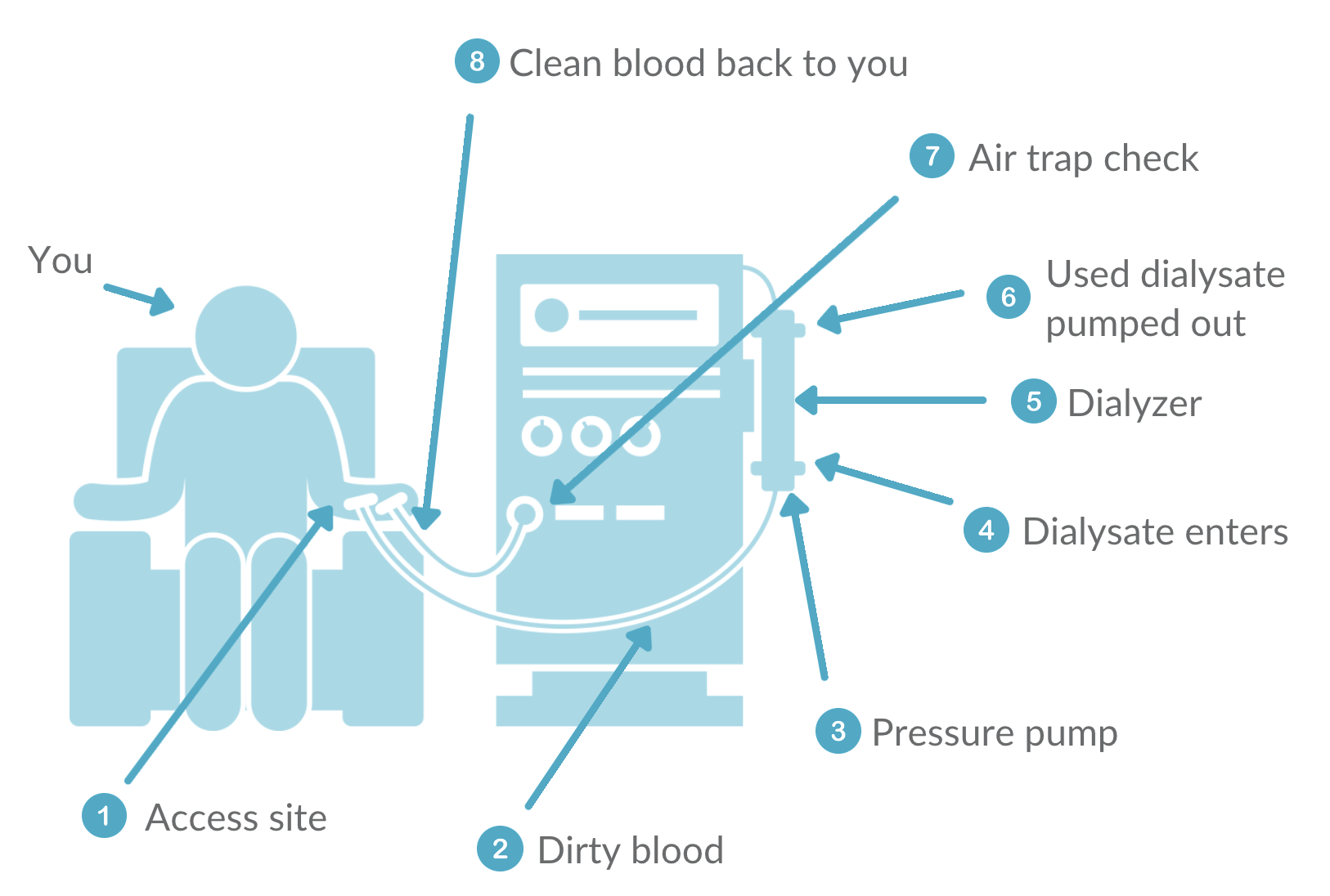New!
Hungry? Kidney issues?
Get your FREE copy of The Kidney-Friendly Ultimate Grocery List with more than 175 food items including, national brand names you know and love.
Also included are two bonus recipe cards to help make kidney-friendly foods easy to prepare and most, importantly, tasty!












